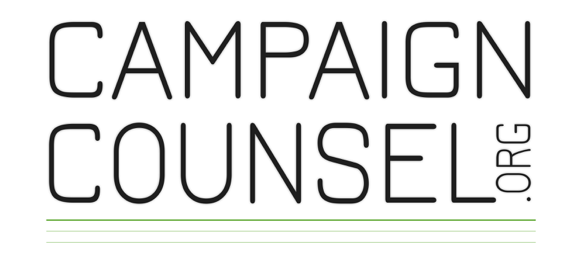Capital Campaign Stages and Stalls (Part 1)
Capital campaigns are the primary tool which a nonprofit uses to realize its visions for the future. They raise large sums of money in a relatively short period of time to grow and improve infrastructure to meet the needs of the nonprofit’s clients and community. There are many ways to prepare for and implement capital campaigns. This series of articles provides a simple overview of the stages a nonprofit will go through in their journey, along with the most common times the process can stall.
While we have the experience and insight to make an educated guess as to the path that a typical campaign will follow, please allow me this one disclaimer: The following information is an oversimplified outline of what a completely generic, fictitious yet totally realistic capital campaign will look like.
Capital Campaign Stage One: Needs Assessment. Does it pencil out?
Just because your nonprofit’s executive director, board president or wealthiest philanthropist thinks something needs to be built, does not mean he or she is right. A Needs Assessment examines operations and programs. It attempts to determine your current capacity, your future capacity, your current demand, your future demand and the external factors that will impact both. You need to conduct a Needs Assessment to give your organization a compass reading on what it should build and what it can sustain.
Needs Assessment should only be performed by independent parties. You do not want any pro or con bias affecting the findings. A good Needs Assessment will take two to four months to complete and can cost a few thousand dollars to several hundred thousand dollars, depending upon the size of your market and the scope of your project. In the end, you want a written report that quantifies the current situation, the future demand, how many organizations are prepared and willing to meet that demand, what growth is needed to meet it, and whether or not that growth can be sustained.
Stall One: Waiting too long to act
Needs Assessments have a shelf life of one or two years, at most. The needs of your community are fluid, as are the number of organizations that can meet those needs. So are the costs of building and/or improving your infrastructure. Today’s $2 million food warehouse may cost $100,000 more in a few years. Be prepared to act upon the Needs Assessment findings. Otherwise, it may become invalid.
Capital Campaign Stage Two: Feasibility Study. Do you have the horsepower?
This step is known as a Feasibility Study or Campaign Planning Study. Once you have quantified the needs of your nonprofit’s improvements via a Needs Assessment, next you must determine the financial capacity of your organization and its donor prospects. Feasibility Studies come in all shapes and sizes: small organization and small goal (e.g. food bank serving a rural community wanting to raise $2 million for a bigger distribution facility) to large organization and large goal (e.g. hospital serving multiple states wanting to raise $100 million for a new cancer center).
Again, only hire an experienced professional and recognize that if the Feasibility Study findings are positive, you will likely use the same company to manage your capital campaign. So make sure you like the people you’re working with! A thorough Feasibility Study will take three to six months to complete and can cost between $10,000 and $50,000, depending upon the scope of the project. At a minimum, your deliverables should include: a fundraising audit on your organization’s current capacity and any necessary changes; findings from personal interviews with your top donors, board members and administrative staff; a draft case for support; and a campaign plan.
Stall Two: Failure to take advantage of your project’s momentum
A Feasibility Study has a shelf life too. If you spend six months educating your top donors, empowering your board and preparing your administration for a major fundraising project, you should ensure that your organization has the time and financial resources to quickly enter into a capital campaign. We have seen numerous examples of nonprofits that have hemmed and hawed about starting their campaign for over one year and then found that the data collected during the Feasibility Study was no longer valid. In small communities, other organizations might initiate projects that capture the town’s attention, or major donors might have committed their resources to another campaign, or the nonprofit’s leaders have moved on physically or mentally.
What’s Next?
Capital Campaign Stage Three is the campaign itself. There are five phases typical to most capital campaigns - the family, quiet, leadership, close-out and public phases. In Capital Campaign Stages and Stalls (Part 2) we cover the first two phases — family and quiet — and their goals and potential stalling points.
Is your nonprofit looking towards the future? Browse through our free capital campaign resources or contact us for more information.
Kevin Wallace is president of CampaignCounsel.org, specializing in capital campaign planning and management. Reach him by email or visit www.campaigncounsel.org.






